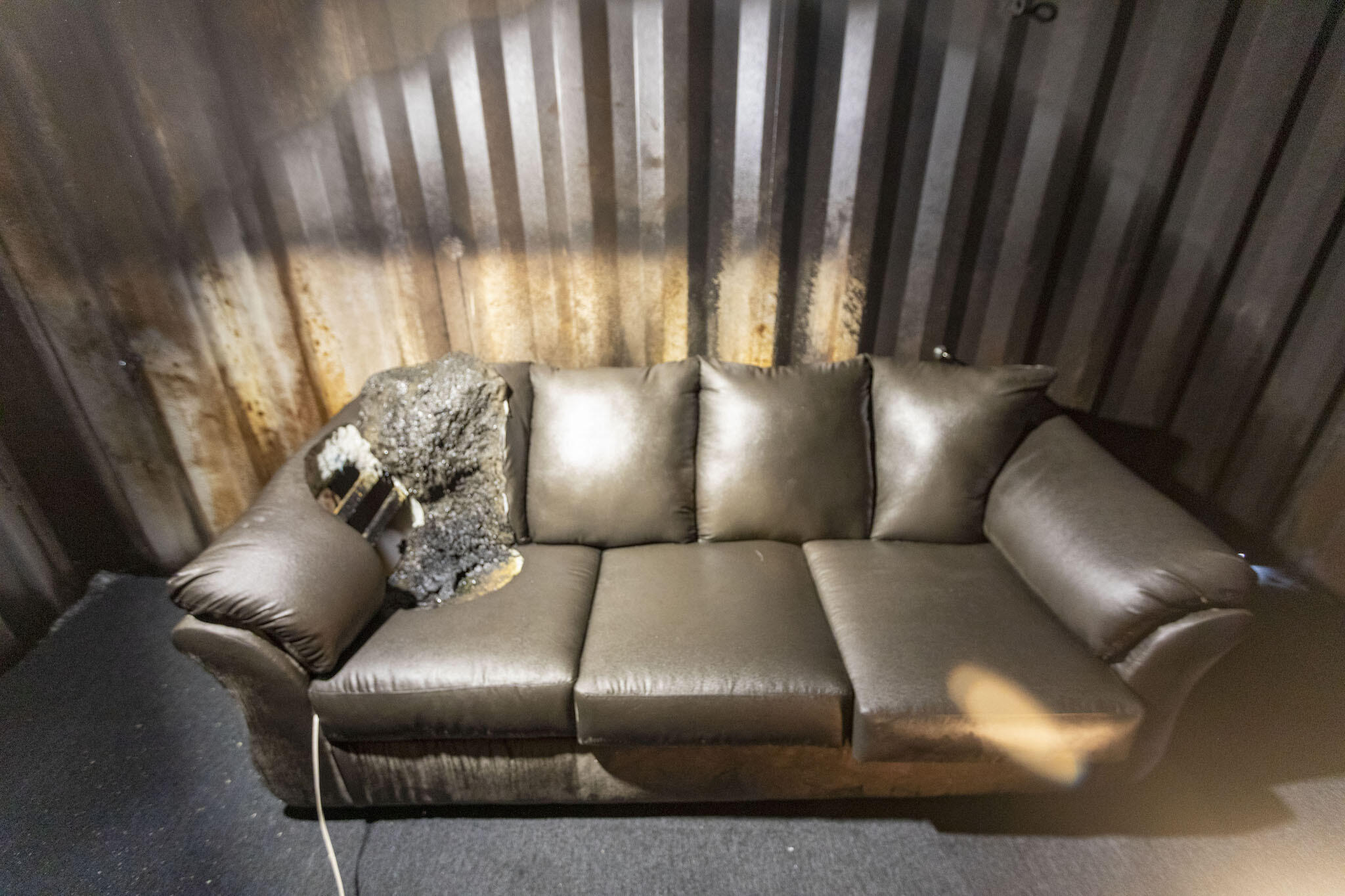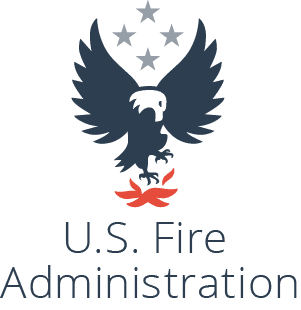Automatic residential fire sprinkler systems, designed and installed in accordance with NFPA 13D, Standard for the Installation of Sprinkler Systems in One- and Two-Family Dwellings and Manufactured Homes have been shown to save lives and property. It is estimated that less than 11% of all single family homes have a residential fire sprinkler system. Currently only two states, California and Maryland, require residential fire sprinklers to be installed in all new residential occupancies. While NFPA 13D compliant systems can be retrofit into a home, it is an uncommon occurrence in large part due to the expense and effort required. One of the challenges for a retrofit is the cost and space requirements of a water supply if the existing domestic water supply cannot provide enough pressure and flow to support the sprinkler system. Recognizing the need, the U.S. Fire Administration provided support for this study.
The objective of this study is to optimize the flow rate and distribution of water needed to prevent flashover in a residential fire scenario. With this information, the basis for a low cost, retrofit option for homeowners using the existing domestic water supply can be developed.
Phase 1
The first phase of this study examined the concept of focusing a spray of water from a ceiling mounted nozzle directly on the burning fuel as opposed to cooling the hot gas and wetting the ceiling and upper wall surfaces. For the scenario tested, a nozzle flowing 6 gpm of water was able to prevent flashover and control the fire ignited on a sofa.
Phase 2
The second phase of this study will examine if a conical water sprays that directly cools the fuel can be scaled up to prevent flashover in larger rooms, while maintaining the reduced water flow demand for the system.




